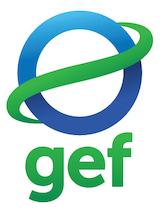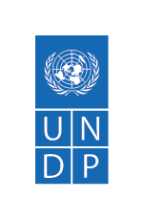Mainstreaming climate risks considerations in food security in Tsilima Plains and Upper Catchment Area
Introduction
The Tsilima Region – part of the densely populated Central Highlands agro-ecological zone – is known for its agricultural products, such as sorghum and barley, it is considered the breadbasket of Eritrea, and is the focus of the government’s current and future investments in food security. Being densely populated, the region’s ecosystems and natural resources face increasing pressure. In addition to this, climate change poses an additional threat to ecosystem goods and services – and therefore agricultural productivity and community livelihoods – in this area.
Like many parts of the Africa, Eritrea, being located in the Horn of Africa, is currently facing climate change-induced threats to ecosystem services and agricultural productivity, and these are compounded by the impacts of signicant land degradation occurring in the country. In the Tsilima Region, these problems manifest through reduced groundwater recharge, which affects agricultural productivity. This is partly a result of decreased precipitation, shorter and more intense rainy seasons, which reduce the potential for infiltration, promotes run-off, and increased temperatures that promote evapotranspiration. It is also a result of over-abstration of groundwater within short periods, reducing the opportunities for natural recharge of groundwater aquifers and deforestation, leading to reduced capacity of soils to retain moisture and nutrients.
The project’s objective was therefore to integrate adaptation measures into ecosystem management and restoration and agricultural production systems to secure the benefits of the National Food Security Strategy (NFSS) and Integrated Water Resources Management (IWRM) Action Plan.



News
Sowing the seeds of sustainability in Eritrea
In Eritrea, a small country in the Horn of Africa, land rehabilitation combats erosion and desertification, and helps restore agricultural productivity. The central highlands region of Eritrea, a densely populated agro-ecological zone, is largely considered as the ‘breadbasket’ of the country, and is the focus of the government’s current and future investments in food security. But the breadbasket has, over the years, been growing ever-emptier. Despite the relatively fertile soils, agricultural productivity had progressively declined as a result of increasing population pressure, unsustainable land and water use, and the effects of climate change (less rain, falling in shorter and more intense rainy seasons and resulting in increased run-off).

